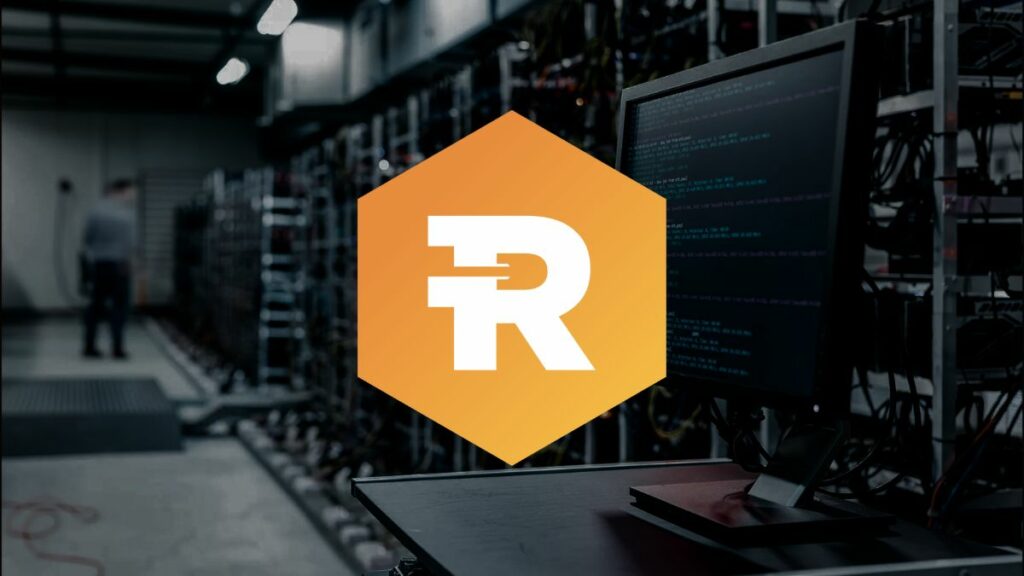TL;DR
- Riot throttled operations during ERCOT’s Four Coincident Peak, cutting June output to 450 BTC (12% MoM but +76% YoY) to dodge steep transmission fees.
- Strategic curtailment earned $5.6 M in power credits, drove all-in energy costs down to 3.4 ¢/kWh, and maintained rig efficiency at 21.2 J/TH.
- The deployed hash rate stayed robust at 35.5 EH/s, reflecting a deliberate balance between short-term production dips and long-term cost discipline and grid stability.
Riot Platforms shocked the mining world by producing just 450 BTC in June 2025, marking a 12% drop from May’s haul of 514 BTC. Despite slower output, this still represents a 76% year-over-year increase and reflects a deliberate operational choice rather than equipment failure or network trouble. Riot’s latest figures shine a light on how savvy energy management can reshape monthly yields amid Texas’s punishing summer tariff regime.
June’s Numbers: A Deliberate Pullback
In June, the company had an average of 15 BTC daily, a decrease from 16.6 BTC in May. The firm sold 397 BTC for $41.7 million, paring sales volume by 21% and proceeds by 19% even as average sale prices ticked higher to $105,071 per coin. Total holdings climbed to 19,273 BTC. The hash rate remained robust at 35.5 EH/s deployed and 29.8 EH/s operating, underscoring that rigs stayed online, just throttled to optimize costs.
Strategic Economic Curtailment

Jason Les, the CEO of Riot, described the reduction as part of a strategy for “economic cutback.” June marked the kickoff of ERCOT’s Four Coincident Peak (4CP) program, which levies hefty usage charges during electricity’s busiest hours. By voluntarily throttling operations during those peaks, Riot avoided steep transmission fees, choosing a temporary dip in BTC output over skyrocketing energy bills.
Power Credits and Cost Discipline
Riot turned its curtailment into a profit center, earning $5.6 million in power credits, $3.8 million from curtailment incentives, and $1.8 million from demand-response programs. These credits trimmed all-in power costs to 3.4 cents per kWh, down 11% month over month, and cemented Riot’s position among the lowest-cost producers. Fleet efficiency held at 21.2 J/TH, a testament to continuous hardware optimization.
Balancing Growth with Grid Stability
As summer heat tests Texas’s grid, Riot’s playbook blends production discipline with aggressive expansion. While monthly yields ebb and flow with tariff cycles, Riot’s long-term blueprint targets steady hash-rate growth and disciplined energy sourcing. Investors will be watching July’s report to see if curtailed output rebounds or if strategic moderation remains a feature of Riot’s summer mining season.










